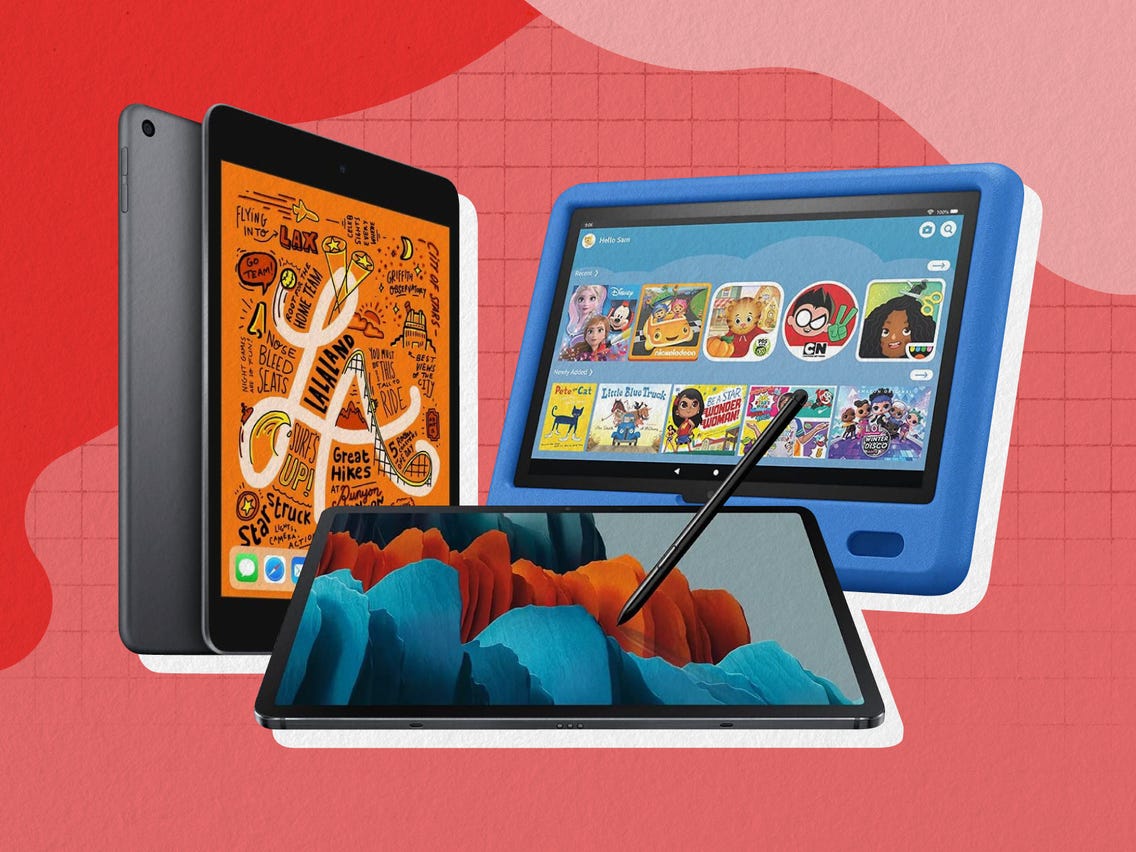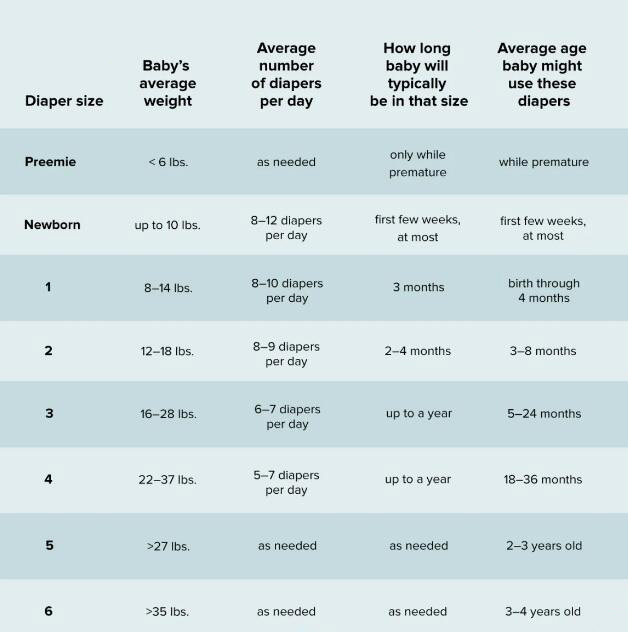Understanding Tablets: A Guide to Identifying High-quality Tablets
Introduction
Whether you need a device for work, school, or leisure, tablets have now become essential tools in our everyday lives. They offer the convenience of a mobile phone and the functionality of a laptop, all in a highly portable form. However, with the wide range of options in the market, making the right choice can be a challenging task. This guide aims to help you understand what defines a good tablet and how to identify one that suits your needs.
What Defines a Good Tablet?
Choosing a good tablet isn't just about selecting the latest model or the trendiest brand. It's about understanding how various elements come together to create a device that best suits your requirements. Here are the primary aspects that determine the quality of a tablet:

- Performance: Measured by the tablet's processor speed and RAM. A high-performing tablet allows user-friendly multitasking and smooth application processes.
- Battery Life: This affects usability and convenience. A top-notch tablet should provide a significant amount of active screen time and extended standby mode.
- Display Quality: This includes factors like pixel density, brightness, and color reproduction. A tablet with a high-quality display enhances your viewing experience, be it for work or entertainment.
- User-Experience: A good tablet ensures easy navigation and an intuitive user interface. This enhances overall user satisfaction.
- Value for Money: Consider the balance between the features offered and their associated cost. An expensive tablet may not necessarily provide the best value if the features do not match your requirements or if cheaper alternatives can meet your needs equally.
Remember, a 'good' tablet is subjective and depends largely on the user's needs. For instance, what a digital artist regards as a good tablet might differ from the preferences of an office worker.
Which Parameters Should One Evaluate When Considering a Tablet?
When you're in the market for a tablet, it can be easy to get overwhelmed by the dizzying array of choices. However, by focusing on a few key parameters, you can streamline your decision-making process and choose a tablet that perfectly aligns with your needs.
1. Performance: The effectiveness of a tablet lies in its performance, which primarily depends on two factors: a robust processor and ample RAM. A top-notch processor coupled with sufficient RAM paves the way for efficient multitasking and a lag-free experience when running various apps.
2. Battery Life: Tablets are renowned for their portability, but this quality squanders its utility if the battery life is subpar. Aim for a tablet that provides a substantial active screen time and a long-lasting standby mode.
3. Display Quality: The visual output is an essential trait that enhances or diminishes your viewing experience. A high-quality display characterized by a high pixel density, optimal brightness, and accurate colour reproduction can prove to be a boon for your eyes.
4. User Interface: A smooth, intuitive interface is key to maximizing user productivity. An easy-to-navigate, user-friendly interface ensures a seamless experience.
5. Value for Money: The last, but equally important parameter is cost-effectiveness. The most expensive tablet might not always tout the best features. Weigh your potential tablet’s price against features to ensure you receive the best value for your money.
By focusing on these key parameters when considering a tablet, you're sure to find a quality device that aligns with your needs and budget.
iOS vs Android: Which One is the Best Tablet Platform for You?
The choice between iOS and Android for your tablet depends heavily on your personal preferences. Each platform offers unique advantages that meet different user needs. Here, we take a closer look at both platforms:
iOS – Apple iPad
The iOS, featured on Apple's iPad, provides a seamless user experience, primarily based on these pros:
- Fluid User Interface: Known for its effortlessly fluid interface, iOS ensures its users a smooth and easy-to-use experience.
- Integration With Apple Devices: For users who already have Apple devices such as Mac or iPhones, iOS tablets offer seamless synchronization and easy device management.
- App Store Selection: Apple’s stringent application acceptance policy ensures a high-quality app selection for users.
However, there are a few cons which may be worth considering:
- Limited Customization: iOS is less customizable than Android, providing a more uniform experience for all users.
- Cost: iPads are generally more expensive than Android tablets, making them a higher-end choice.
Android Tablets
Android tablets come in a variety of features and price points. Here are some of the pros that Android users enjoy:
- Customizable Interface: Android is known for its customizable settings, allowing users to personalize their tablets.
- Array of Prices and Designs: With different manufacturers creating Android tablets, you have a wider variety of designs and price points.
- Google Play Store: Android tablets offer a vast and diverse range of applications through Google Play Store.
Potential cons include:
- Fragmentation: The wide variety of Android tablets can lead to fragmentation, meaning not all devices will have the same features or updates.
- Lesser Customer Support: Android tablets generally provide less robust customer support compared to Apple.
In conclusion, the choice between iOS and Android rests on your preferences, budget, software, and device compatibility. Both have strengths and weaknesses, and the one that suits you best depends on what you value most in a tablet.
Which Top-Tier Tablets are Worth Checking Out?
To simplify your search, here are some top-tier tablets, each standout in their categories, that you may want to consider:

1. Apple iPad Pro
- Pros: The Apple iPad Pro is a dream come true for creative professionals. It's equipped with a stunning display and offers spectacular performance, making it perfect for illustrators, photographers, and designers. The tablet, smoothly powered by Apple's iOS, ensures a fluid user interface.
- Cons: Although the iPad Pro is a powerhouse, it also carries a hefty price tag, making it a considerable investment.
2. Samsung Galaxy Tab S7+
- Pros: For Android enthusiasts, the Samsung Galaxy Tab S7+ brings the best of the platform into a high-quality tablet. This device boasts a vibrant Super AMOLED display and robust performance, making it a top-tier choice for both leisure and productivity.
- Cons: Unlike the iPad Pro, the tablet does not come with a stylus, which may disappoint digital artists and note-takers.
3. Microsoft Surface Go
- Pros: Compact, versatile, and affordable, the Microsoft Surface Go makes the Windows experience highly portable. It offers laptop-like functionality, making it a great option for professionals on the go who rely on Windows applications.
- Cons: Some users have noted that its battery life can be somewhat disappointing when engaged in high-demand tasks.
By understanding the pros and cons of each tablet, you can pick a top-tier device that aligns with your needs, preferences, and budget. Remember that the tablet market changes quickly, so stay updated with the latest releases and review your options carefully before making the final decision.
What are some Common Mistakes to Avoid While Buying a Tablet?
When diving into the overwhelming sea of tablets, it’s essential to be aware of some common mistakes that can influence your decision and satisfaction with your purchase. Here are key aspects that you should be cautious about:
1. Overlooking the Operating System: The heart of your tablet's performance and user interface is its operating system. Determining the compatibility and functionality of the OS with other devices and applications beforehand is crucial. For instance, iOS is known for smooth operation and synchronization with Mac and iPhone, while Android offers more customization and broader device support.
2. Underestimating Battery Life: Just as it's essential for smartphones, enduring battery life is a critical aspect of a dependable tablet. A reliable tablet should be able to last all-day without requiring constant charging. Research each tablet's battery life before finalizing your purchase.
3. Neglecting Thorough Research: Don’t rush the buying process. Spend sufficient time comparing specs, reading user reviews, and checking prices between different vendors. Independent research can provide valuable insights beyond a product's marketing pitch.
4. Choosing Size Ignorantly: Tablets sizes range broadly from compact 7-inch devices to larger 13-inch models. Recognizing your needs is crucial; a smaller tablet may be better for portability, while a larger tablet could offer a superior experience for watching videos or creating digital art.
In conclusion, navigating these common mistakes will not only enable you to make a more informed buying decision but also enhance your overall tablet experience.
Conclusion
Identifying a high-quality tablet requires an understanding of your needs and how different features meet those needs. Avoid common mistakes and remember to consider performance, battery life, display, user-friendliness, and value for money. It's not always about the price tag or the popularity of the brand, but rather about making an informed decision based on these key factors.
Related FAQs about what is a good tablet
What are some features to consider when purchasing a tablet?
When purchasing a tablet, consider the performance (processor and RAM), battery life, display quality, user interface, and value for money. Choose a model that aligns with your needs; consider what you will primarily use the tablet for and select one that caters to your requirements.
Can a tablet replace a laptop for everyday use?
A tablet can serve everyday needs such as sending emails, browsing, and video streaming. However, for tasks demanding complex software, intensive multitasking, or a physical keyboard, a laptop might be more suitable. Some tablets, like Microsoft Surface Pro, offer laptop-like functionality.
Are more expensive tablets necessarily better?
Not always. The price doesn’t always equate with quality. An expensive tablet might have features you don't need, while a cheaper one may meet your needs perfectly. Assess the features of the tablet and how they align with your requirements before purchasing.


